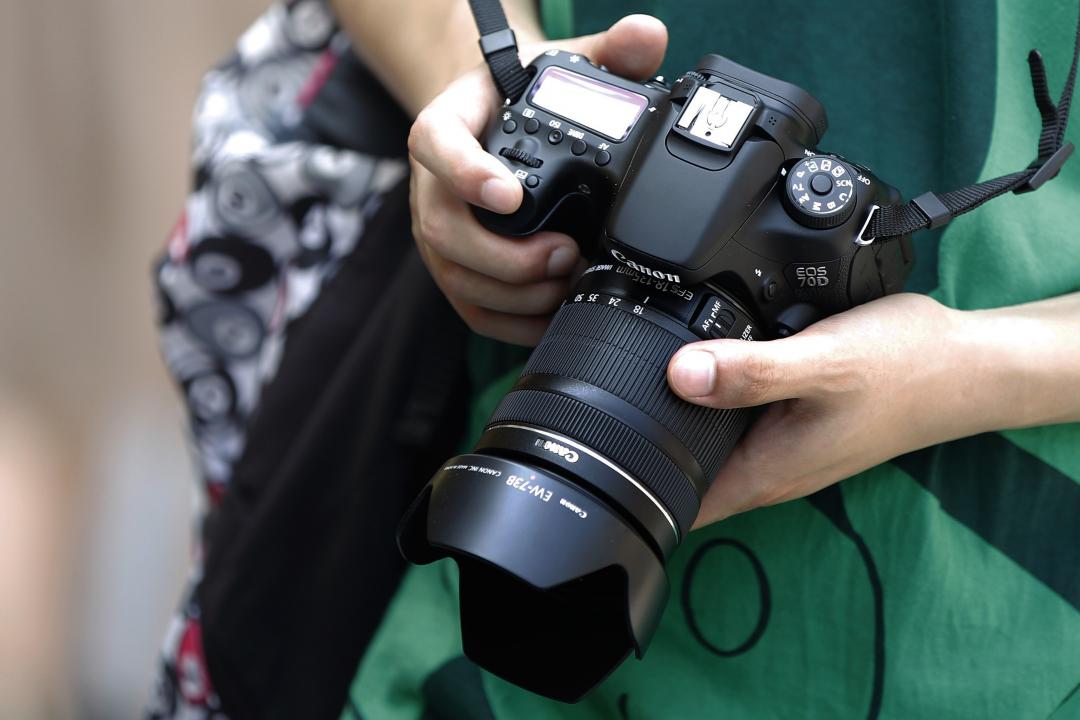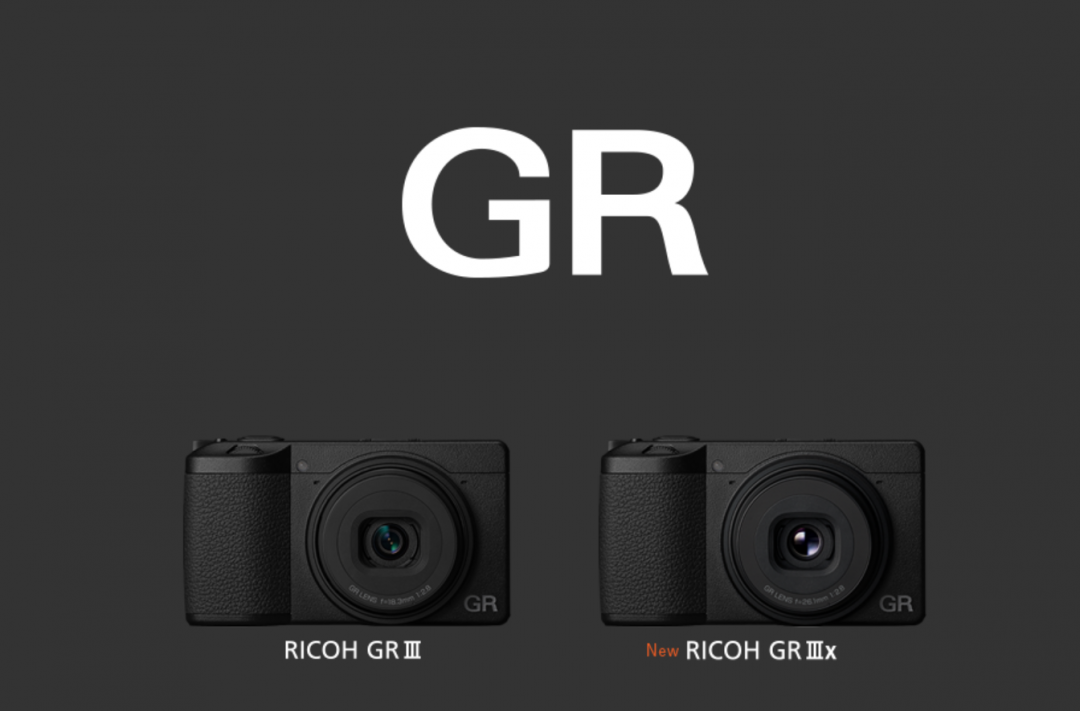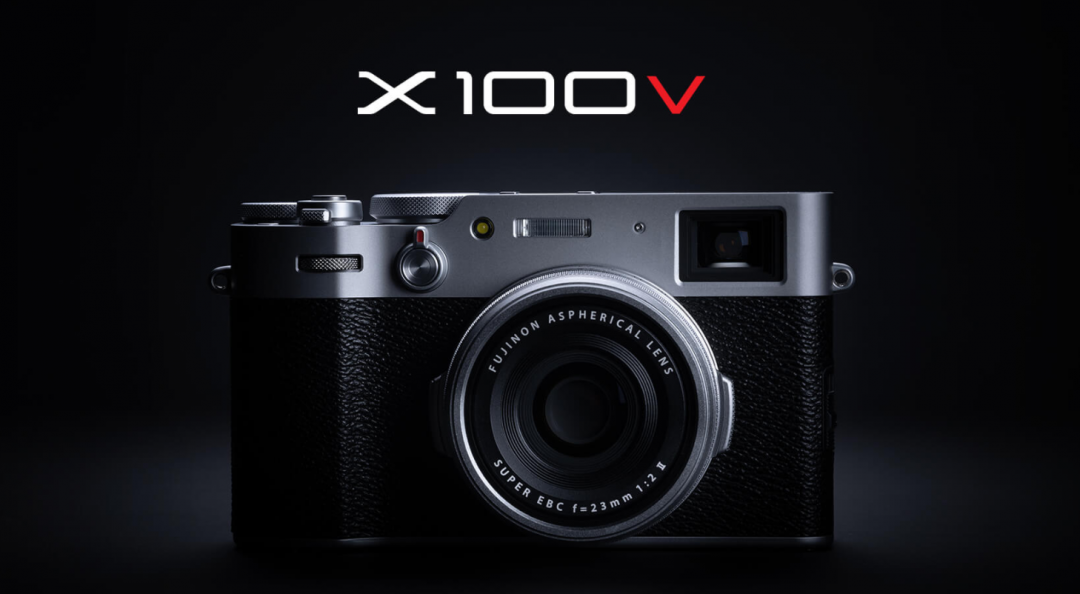olympus收購
olympus收購olympus is one of a handful of companies taking on the likes of Canon and Nikon by producing high-quality mirrorless cameras. Over the last few years, its OM-D line of cameras was one of the first to offer affordable mirrorless cameras with advanced controls, and many other companies followed suit.
olympus收購olympus then took aim at the more casual photographer last year when it introduced the E-M10 — a tiny, mirrorless, Micro Four Thirds camera that offered a ton of power for relatively cheap. Now, it has announced a successor to its entry-level model: the E-M10 Mark II.
What
olympus收購olympus has done this time around is take the great build quality of the E-M10 and make it even better, while throwing in a few new standout features like 5-axis image stabilization. The E-M10 Mark II is still incredibly small — about the size of Sony’s RX100, though this definitely won’t fit in your pocket — and also very light. It’s a striking addition to the low end of its OM-D lineup of cameras, and should make for an attractive option in a crowded mirrorless camera market.
olympus收購olympus outfitted the first version of the E-M10 with a metal frame, while many of its competitors in price and size were still fiddling with cheaper-feeling plastic. And the company has one-upped itself when it comes to the build of the E-M10 Mark II. The new version adds studded metal to the camera’s knobs which — instead of lying flat on the top of the camera like on the original E-M10 — shoot up about half an inch to make them easier to reach. All three are now on the right side of the camera (the power and flash switch is now found on the top left), and their slightly different designs make it easy to know which knob you’re gripping without making you take your eye off the subject.
As for while you’re shooting, the E-M10 Mark II is very capable. It has a much better electronic viewfinder than the original E-M10, with a resolution of 2.36 million dots — the same as on Fujifilm’s X-T10 and X-T1. (Although, in my brief time with the E-M10 Mark II, the upgraded EVF wasn’t quite as impressive as Fujifilm’s.) The Mark II starts up fast, can burst shoot RAW or JPEG images up to 8.5 times per second (even in quiet shutter mode), and has a really quick autofocus.
Like many photography-first mirrorless cameras, the E-M10 Mark II isn’t terribly powerful when it comes to video. Instead, it still feels like an add-on. It’s capable of taking 1080p video at 60, 30, or 24 frames per second, but there’s no 4K capability, and you can’t shoot in slow motion at full HD resolution. Not everyone needs these kinds of features, so this might be enough for most photographers who need to shoot the occasional video. But it’s a shame that there aren’t more power features considering
olympus收購olympus included the 5-axis stabilization, which is a big deal when it comes to video.
The rest of the E-M10 Mark II is very similar to its predecessor. There’s a pop-up flash, a tilting 3-inch LCD screen, and the same 16-megapixel sensor. And all of this similarity is not a bad thing, because the original E-M10 was an impressive camera, especially considering that much of its competition hovers around or above the $1,000 mark. The E-M10 Mark II will contend much in the same way, because
olympus收購olympus is once again aggressively pricing its entry-level mirrorless camera. The company will sell the camera body only in the United States for $649, and is packaging it with a 14-42mm f/3.5-5.6 kit lens for $799. The E-M10 Mark II will also be sold in Canada, and the two configurations will cost $749 and $899, respectively. All options will be available in early September, according to
olympus收購olympus.
1/15
 (圖/彭博社)
(圖/彭博社)
總是分享一系列美照的《國家地理》,擁有一群資深且厲害的攝影師,在官方部落格的最新文章,攝影師 Tom O’Brien 分享由他們評點的 10 款最佳旅行相機,其中富士與徠卡就一口氣佔據 6 席,讓你帶出門玩有最好的畫質,而且能方便攜帶。
首先被點名的是理光 GR III 與 GR IIIx,Tom O’Brien 提到這兩款相機儘管並非最亮眼,卻十分有衝擊性,2400 萬畫素的 APS-C 感光元件、機身防震以及操作性和選單設計備受肯定,不過也提醒消費者,要注意電池續航不長的小缺點,附加的 USB-C 連接線可以方便充電。
 (圖/翻攝理光官網)
(圖/翻攝理光官網)
另外上榜的還有 Sony RX100 VII,被評為可以放入口袋的輕巧體積,卻擁有 Sony 旗下的對焦速度,在拍攝人與動物十分可靠,另外 24-200mm 的變焦鏡頭也備受好評。
富士則以 X-T4、X100V、X-S10 三款相機上榜,前者的復古設計給 Tom O’Brien 留下深刻印象,但又保留現代的專業操作性,是當前最好的 APS-C 相機之一。不可換鏡頭的 X100V 同樣上榜,適合用於街拍,且有安靜的機械快門,以及強化過的操控性。X-S10 被評為最具性價比的選項,符合小體工學設計且有好的性能。
 (圖/翻攝富士官網)
(圖/翻攝富士官網)
徠卡同樣有三款相機上榜,包含 Q2、Q2 Monochrom 和 QP,儘管價格不斐,但使用體驗極佳,再加上一流的畫質。Canon EOS RP 則是唯一進榜的全片幅相機,Tom O’Brien 也與 Sony a7c 進行比較,認為儘管後者性能確實更強,但 EOS RP 比較便宜且握持感佳,是適合初學者的好相機。
olympus收購olympus 的 OM-D E-M1 Mark III 則適合用於拍攝野生動物或是景觀,專業級的防雨,以及較小的 M43 感光元件,能搭配鏡頭與其強悍的穩定系統,獲得其他相機難以拍攝的照片。
olympus收購
olympus收購